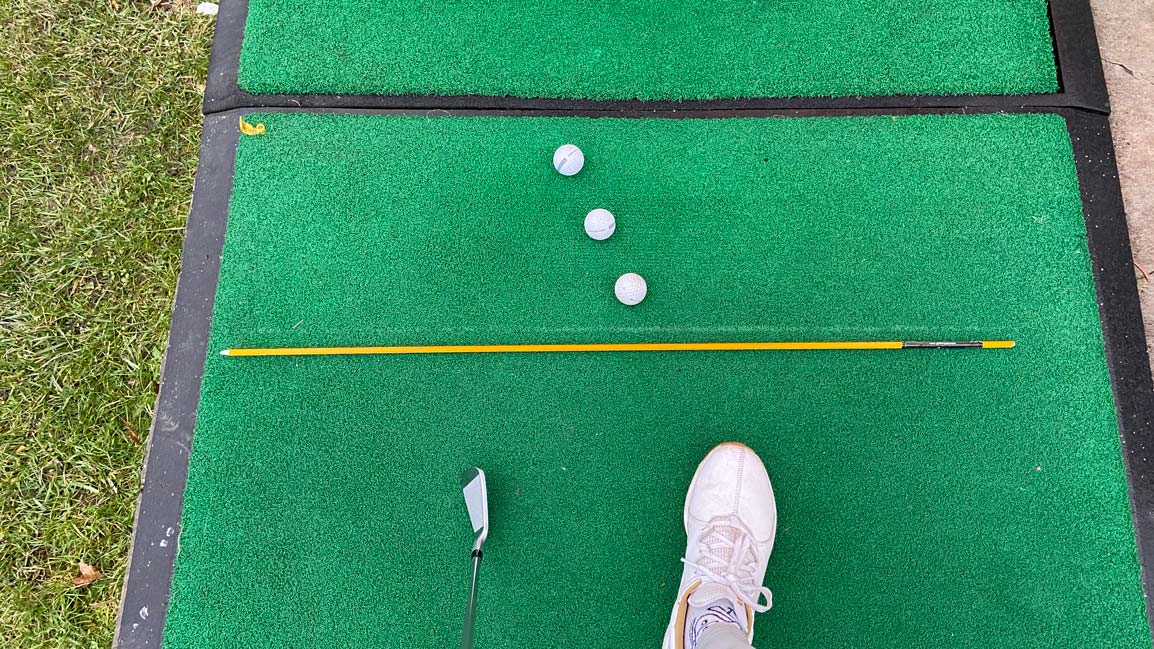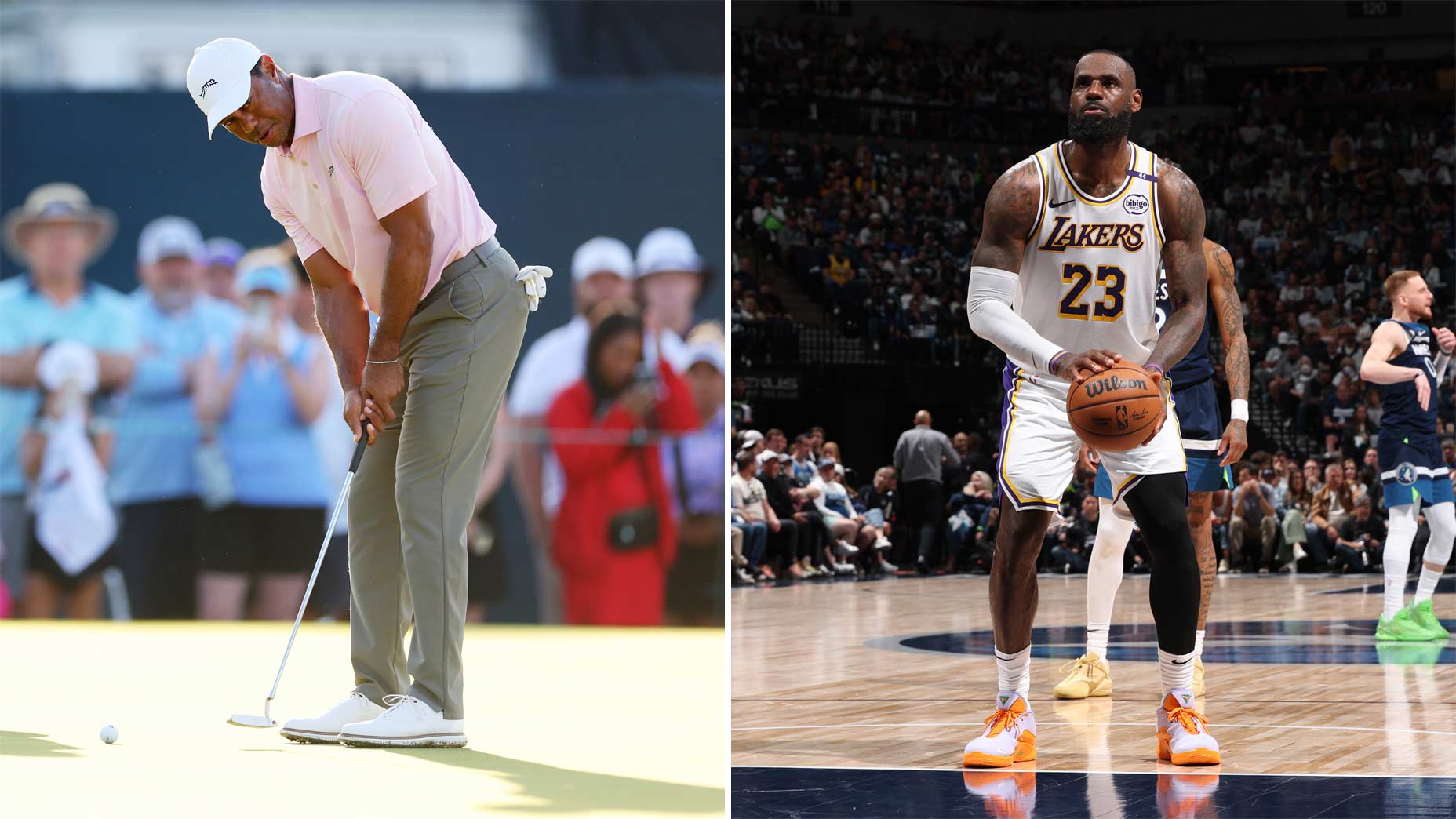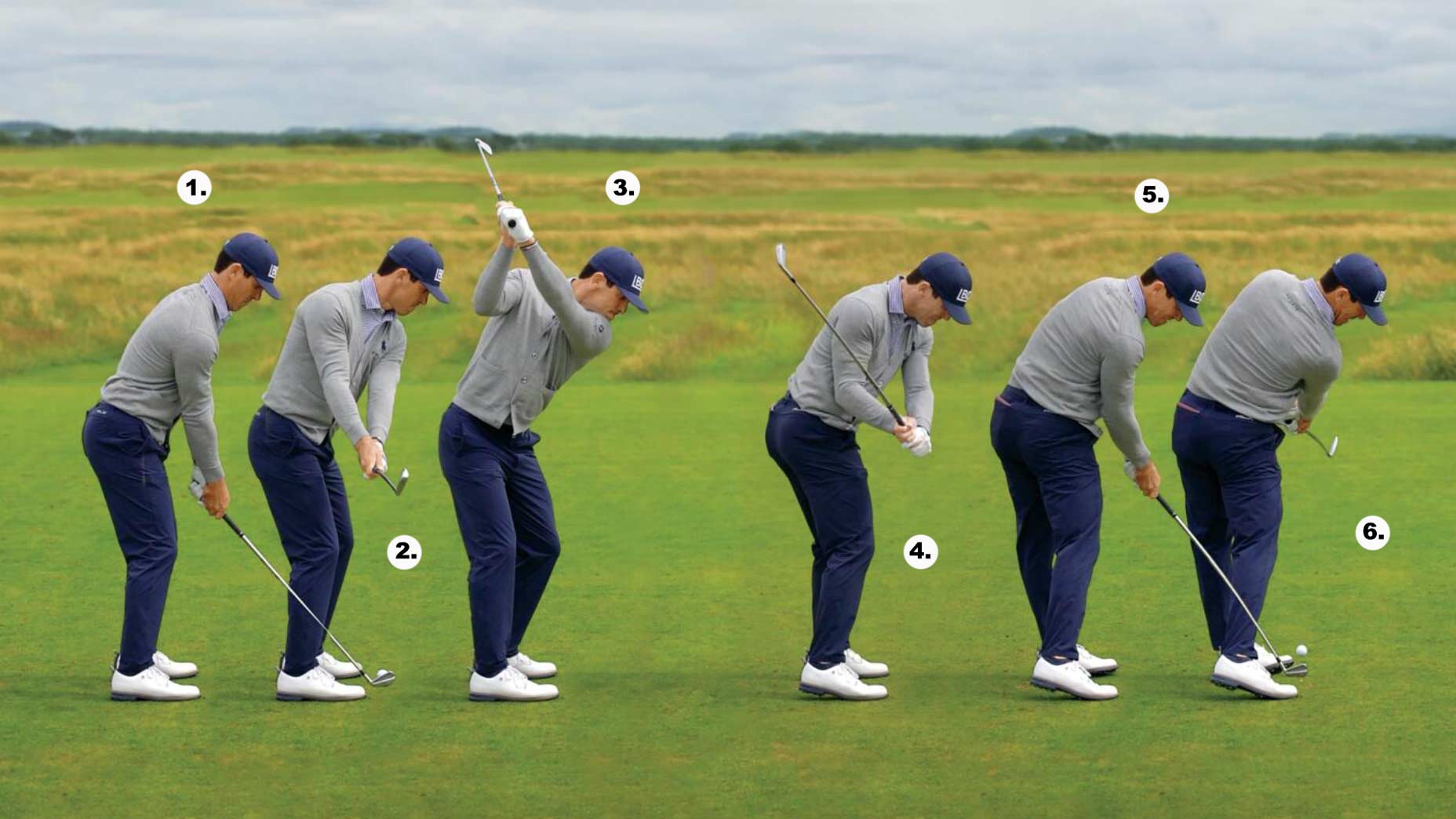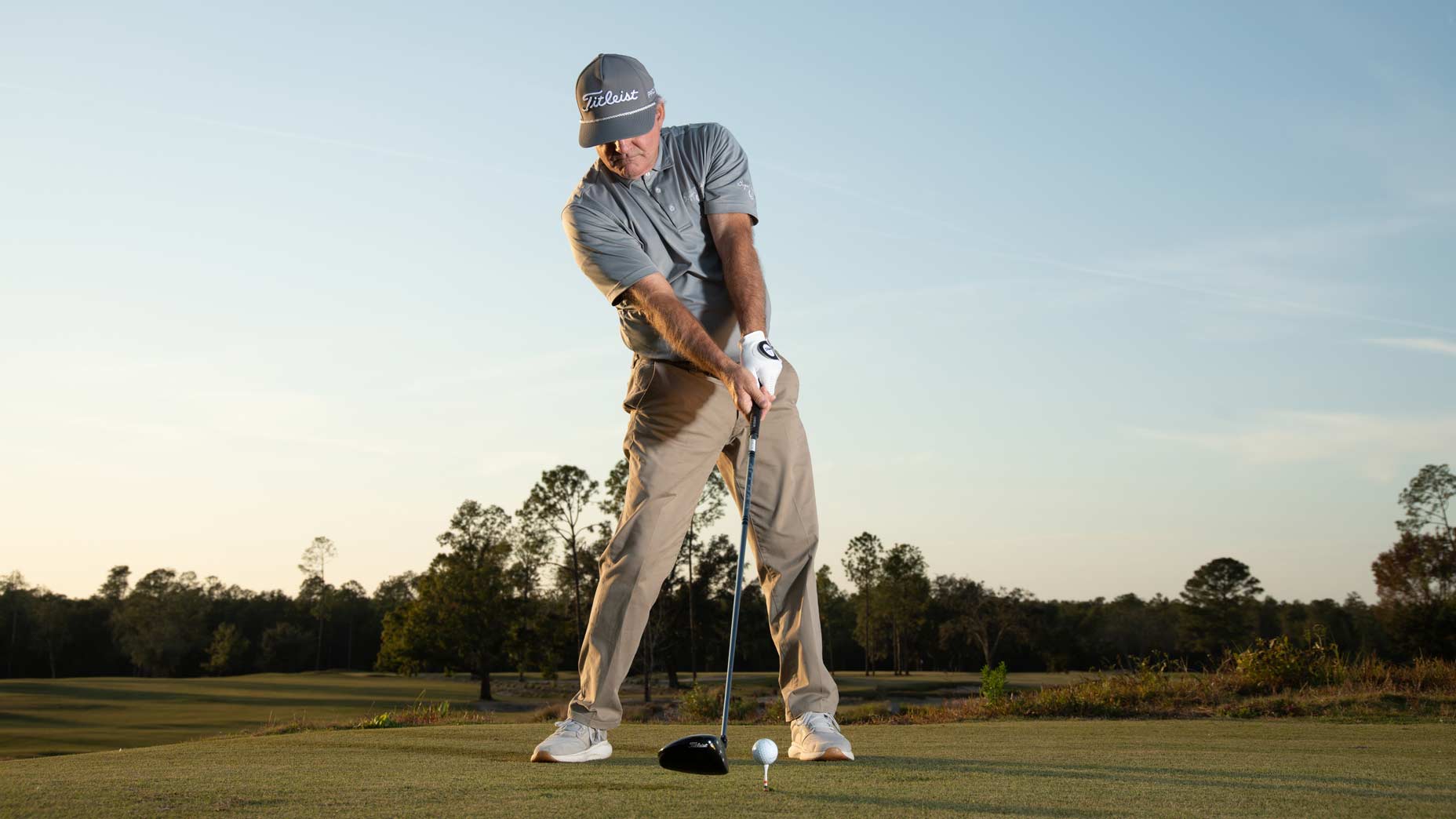It’s not often we get days with temperatures in the high 50s up here in New York City in December, but that’s just what happened on Christmas Eve. It was a little soggy from melted snow and occasional drizzle, but all in all, you couldn’t ask for better weather during winter in the northeast. So, even with the holiday just beginning, I headed out to the range in hope of getting in one more practice session before storing away the clubs for the winter.
Living in New York City, I don’t usually get time to grind on my game. If I get out to the course, I’m usually playing, and the course is not the best place to work on changing things up in your swing. Despite the limited practice time, I had a pretty solid year of golf as I worked my handicap back into the mid single digits.
But even with some great rounds under my belt in 2020, there are still plenty of things I want to work on in my swing. Although I can’t practice much, I do take inventory of what needs to be ironed out in my swing. One of the biggest changes I want to make in 2021 is getting shallower as I come into the ball.
With my lanky frame, I play with very high hands in my swing. It’s not the worst position, but it does make it difficult to get shallow on the downswing. This causes me to cut across the ball and play a fade as my typical ball flight (or, if I mishit it, a dreaded slice), but oh do I ever wish I could play a big, beautiful draw.
So, with the forecast in my favor on Christmas Eve, I decided to take some time to really work on shallowing out and change my club path as I come into the ball. I’m not armed with any fancy training aids, but I did use one simple drill that really did start to improve my path.
All you need for this drill is three range balls — one to hit, and the other two to serve as guides. Set up with the ball like normal, and then put one ball outside your club path just behind the first ball. Then, put another inside your club path just in front of the first ball.

The goal of the drill is to hit the center ball without making contact with the other two balls. If you can do this, you’ll know the club path is coming from the inside and help you hit a draw.
Conversely, if you want to hit fades, set the “gate” balls up inversely, with one ball inside your club path behind the ball and one ball outside the path in front of the ball. This will encourage your club to work from out to in and produce a fade.

There are obviously many more factors to shaping the ball than just your club path, but if you struggle losing the ball with hooks or slices (or just want to learn how to work the ball in both directions) try this drill. If you can start controlling the club path coming into the ball, your ball striking will improve dramatically.










